WELCOME TO THE ONLY CAILUONG VIET NAM WEBSITE IN ENGLISH Please , click below to visit other Vietnamese pages of cailuongvietnam.com CLVNCOM2CLVNINFOFORUM
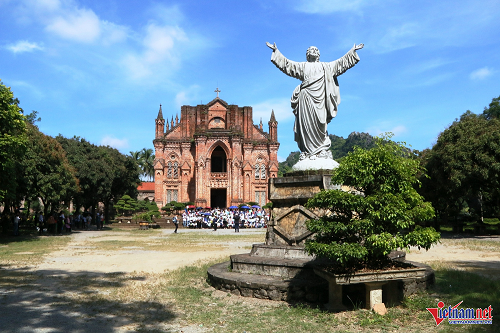
With its serene, mysterious, and solemn ambiance, the Chau Son Monastery of Our Lady is often likened to a European castle nestled in the heart of Ninh Binh. Its Gothic architecture and unplastered red brick walls exude a timeless charm that has captivated countless visitors.
Also known as Chau Son Monastery or the "Red Brick Church," the site is located in Phu Son commune, Ninh Binh province. Construction began in 1936, and it remains a contemplative monastery under the Cistercian order.
The monastery spans nearly 10 hectares and features various landmarks, including the main church, monastic quarters, the Fatima Prayer Garden, an ancient well, and several landscaped areas. Among these, the church stands out as the most striking structure.
Construction of the monastery’s church began in February 1939, with its façade facing east toward the sunrise. Remarkably, it was designed by Father Placido Truong Minh Trach, a Cistercian priest with no formal training in architecture. He independently researched and developed the plans and played a pivotal role in building and expanding the monastery.
The church follows a Western Gothic architectural style. It measures 64 meters long, 20 meters wide, and 21 meters high, with outer walls 0.6 meters thick and supporting columns up to 1.2 meters thick. Built entirely by hand using red bricks and without reinforced concrete or plaster, the structure's exposed masonry contributes to its antique, castle-like appearance.
The monastery’s monks themselves participated in the construction, manually splitting stones, burning lime, and molding bricks. Their collective labor and prayers laid the foundation for this sacred site.
A bell tower was originally planned to rise 60 meters above the church. However, it remains unfinished. During the 1945 famine, the funds earmarked for the tower were instead used to support struggling local families. Thanks to the monastery’s help, many lives were saved.
Though architecturally incomplete, the bell tower represents spiritual wholeness. It stands today as a symbol of selflessness and compassion, reflecting the phrase: “Incompleteness brings divine fullness.”
To the right of the church is the Fatima Garden, where a statue of Our Lady of Fatima has stood for over 60 years. In 2011, marking 50 years since the statue’s installation, the monastery built the garden in honor of the Virgin Mary.
At the statue’s base is a large water jar, representing Mary’s boundless love and symbolizing the full wine jars often seen during celebratory masses.
A nearby heart-shaped garden includes 54 circular symbols representing Vietnam’s 54 ethnic groups. Embedded in the ground are 100 stone eggs, referencing the legend of the 100 eggs from which 100 children were born - a myth symbolizing the origin of the Vietnamese people.
Chau Son Monastery now welcomes large numbers of visitors, both local and international. Many liken it to a miniature European castle set in Vietnam’s northern countryside.
The monastery operates with set visiting hours: Monday to Saturday from 8:00 to 10:30 a.m. and 2:30 to 4:30 p.m., and Sundays from 8:00 to 10:00 a.m. and 3:30 to 4:30 p.m. During Lent (40 days before Easter), the site is closed to visitors for religious observance.

Chau Son Monastery is located on a 10-hectare plot in Phu Son commune, Ninh Binh.

This Cistercian monastery, built in 1936, focuses on spiritual contemplation.

The church was built in 1939 in Gothic style using raw red bricks, resembling an ancient European castle.

The unfinished bell tower became a symbol of kindness, as its funding was used to aid famine victims in 1945.

The Fatima Garden features symbolic landscaping and tributes to Vietnamese culture.

The Fatima Garden was built in 2011 to celebrate 50 years of the Virgin Mary statue.

The monastery paths blend ancient charm with natural harmony.

White domes and arches highlight the architectural elegance of the church.

An ancient well built from honeycomb stone sits beneath the monastery grounds, with clear water year-round.

The monastery is a destination for spiritual reflection and cultural exploration.

The monastery resembles a classic European castle in the heart of Ninh Binh.

The 100 stone eggs in the garden symbolize the myth of Vietnam’s origin - 100 eggs birthing 100 children.

Despite being unfinished, the bell tower remains functional, used to hang the monastery's bells.
Tran Nghi
Author: tanco
Source: VNN
Reader Comments
Newer articles
Older articles
 Le Thuy – 50-Year Career in Performing
Le Thuy – 50-Year Career in Performing
 The magic of the Vong Co song
The magic of the Vong Co song
 Legendary cai luong singer Thanh Duoc passes away in US
Legendary cai luong singer Thanh Duoc passes away in US
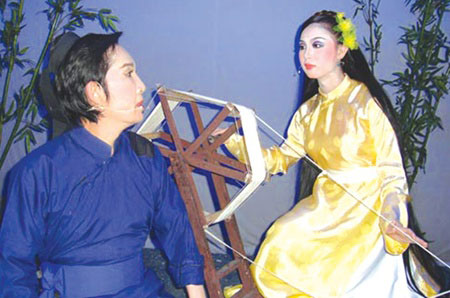 Queen of cai luong brought back to life on stage
Queen of cai luong brought back to life on stage
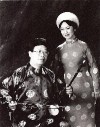 THE SURVIVAL OF THE TRADITIONAL MUSIC (NHAC CO TRUYEN)
THE SURVIVAL OF THE TRADITIONAL MUSIC (NHAC CO TRUYEN)
 Dustin Nguyen jump starts his career and a new life
Dustin Nguyen jump starts his career and a new life
 Actress Bich Hanh’s biography and memories
Actress Bich Hanh’s biography and memories
 Overseas trips of Ca tru singer
Overseas trips of Ca tru singer
 Kien Giang’s contestant claims top prize at Vong Co singing contest
Kien Giang’s contestant claims top prize at Vong Co singing contest
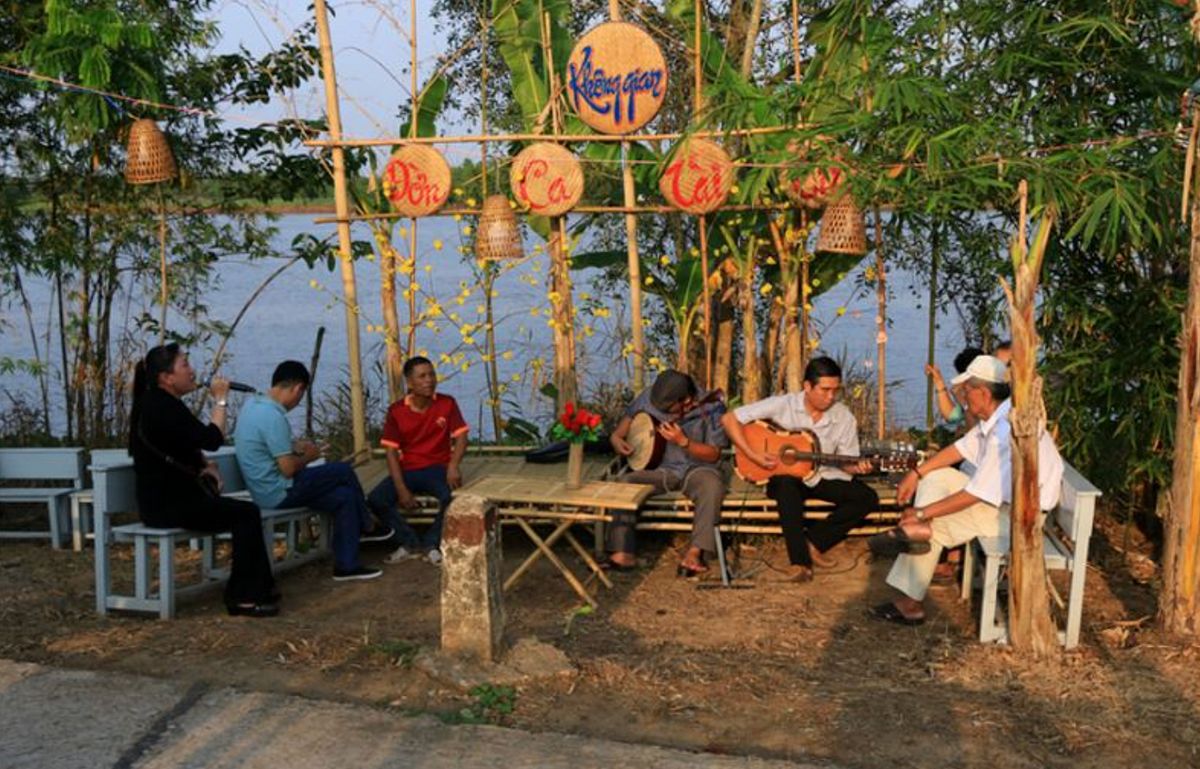 Đờn Ca Tài Tử Captures the Soul of Southern Vietnam in Every Melody, Every Word
Đờn Ca Tài Tử Captures the Soul of Southern Vietnam in Every Melody, Every Word
 High-pressure test flight safely lands at Long Thanh Airport
High-pressure test flight safely lands at Long Thanh Airport
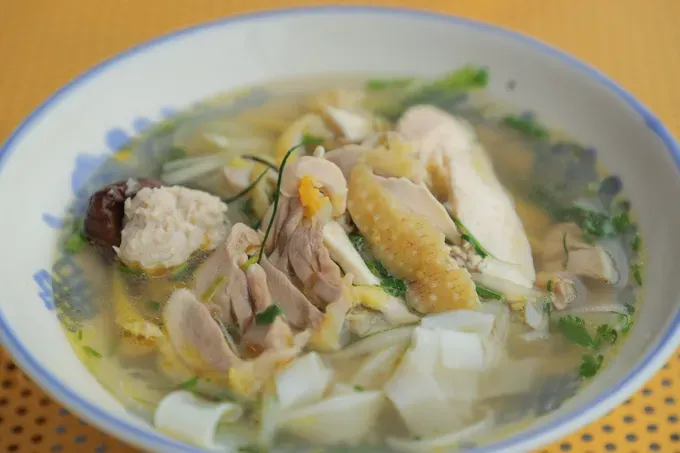 Pho Day Festival 2025 expected to attract 100,000 visitors
Pho Day Festival 2025 expected to attract 100,000 visitors
 Vietnamese director triumphs at San Francisco Film Festival
Vietnamese director triumphs at San Francisco Film Festival
 The Multiverse Behind the 1990s Classic 'Người Tình Mùa Đông' by Như Quỳnh
The Multiverse Behind the 1990s Classic 'Người Tình Mùa Đông' by Như Quỳnh
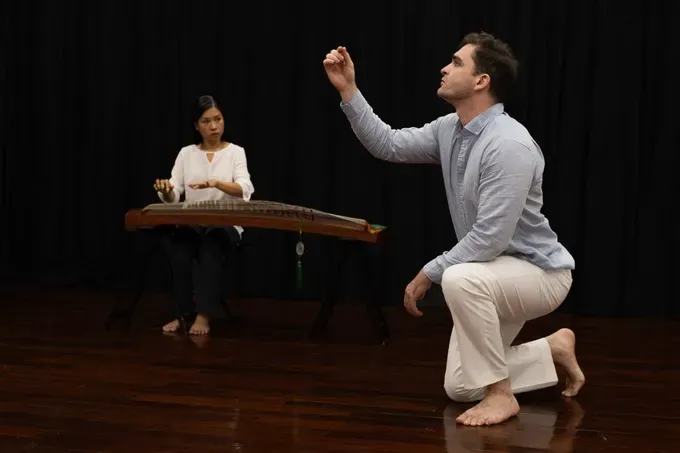 French drama blended with traditional Vietnamese music presented in HCMC
French drama blended with traditional Vietnamese music presented in HCMC
 First Vietnamese actor wins at Golden Bell Awards
First Vietnamese actor wins at Golden Bell Awards
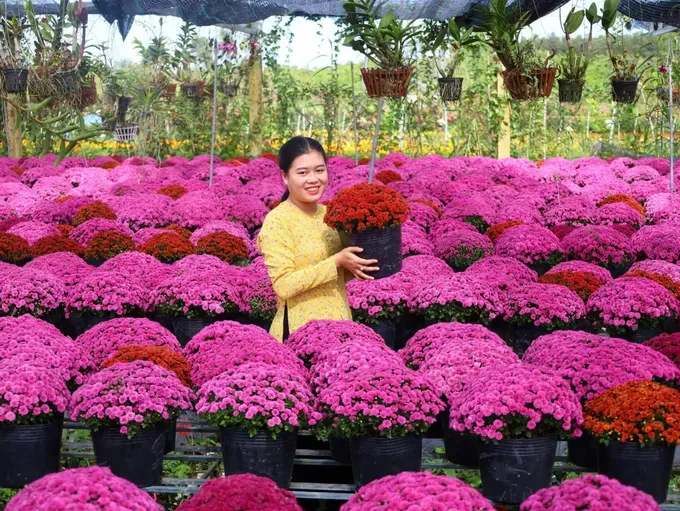 Sa Dec Flower—Ornamental Festival 2025 to be held in December
Sa Dec Flower—Ornamental Festival 2025 to be held in December
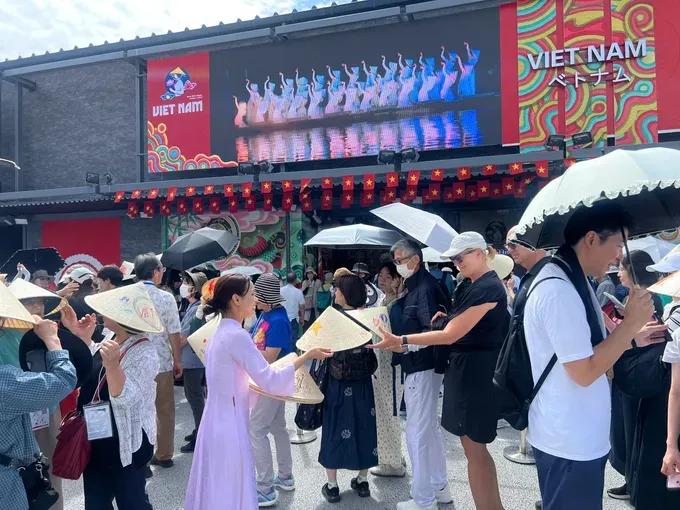 Vietnam wins Bronze Award at EXPO 2025 Osaka-Kansai
Vietnam wins Bronze Award at EXPO 2025 Osaka-Kansai
 Vietnam Pho Festival 2025 to be held in Singapore in October
Vietnam Pho Festival 2025 to be held in Singapore in October
 NS Hong Nga: Going to the US to live a difficult life, being neglected by her children, returning to Vietnam to be sick and lonely
NS Hong Nga: Going to the US to live a difficult life, being neglected by her children, returning to Vietnam to be sick and lonely